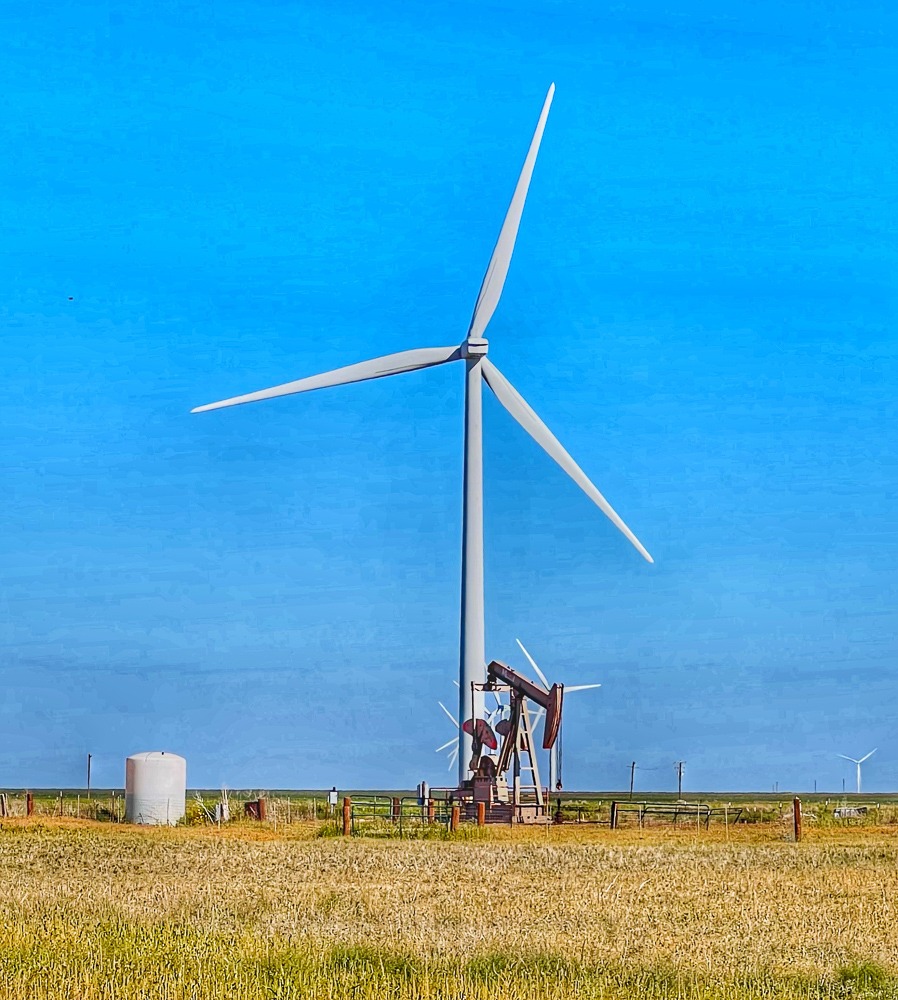July 19 Program: Photographing Birds in Costa Rica with Ruth Hoyt
Please sit back and take a virtual trip with Ruth as she shows photos and talks about the birds and wildlife she has seen and photographed on trips to Costa Rica. She plans to include stories of how some images came to be and how some subjects escaped being captured.

Ruth’s passion is sharing her love of nature and photography with everyone she meets, especially youth. She has years of experience as a professional photo contest director, youth photo workshop leader, professional coach for contest photographers, and consultant for farm and ranch owners. She claims, “When you love your work, it isn’t work!”
Ruth Hoyt is not only a professional photographer and guide but a photography teacher for 30+ years and Texas Master Naturalist and Certified Interpretive Guide for 10+ years. An active Outdoor Writers’ Association of America member, she writes her “Set Up for Success” column for the Journal of Wildlife Photography.












You must be logged in to post a comment.